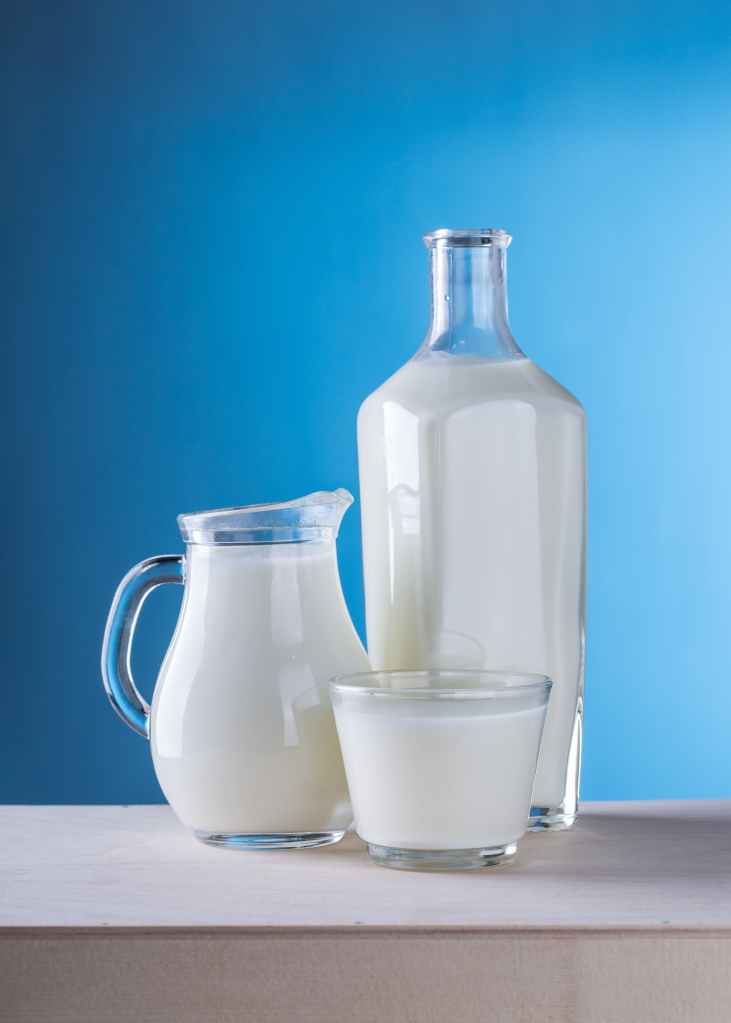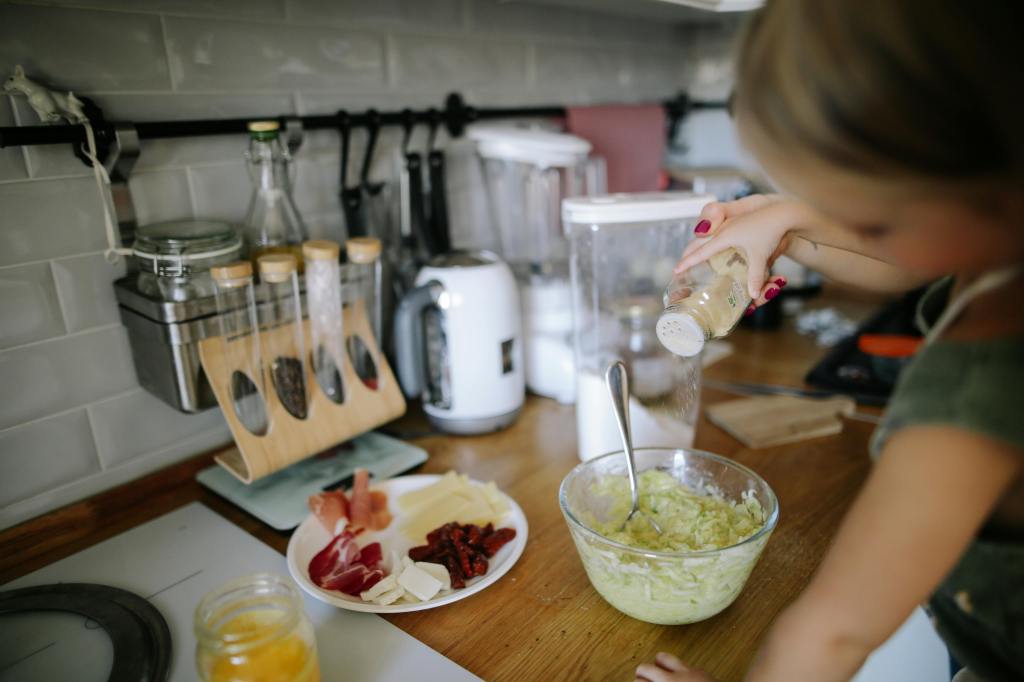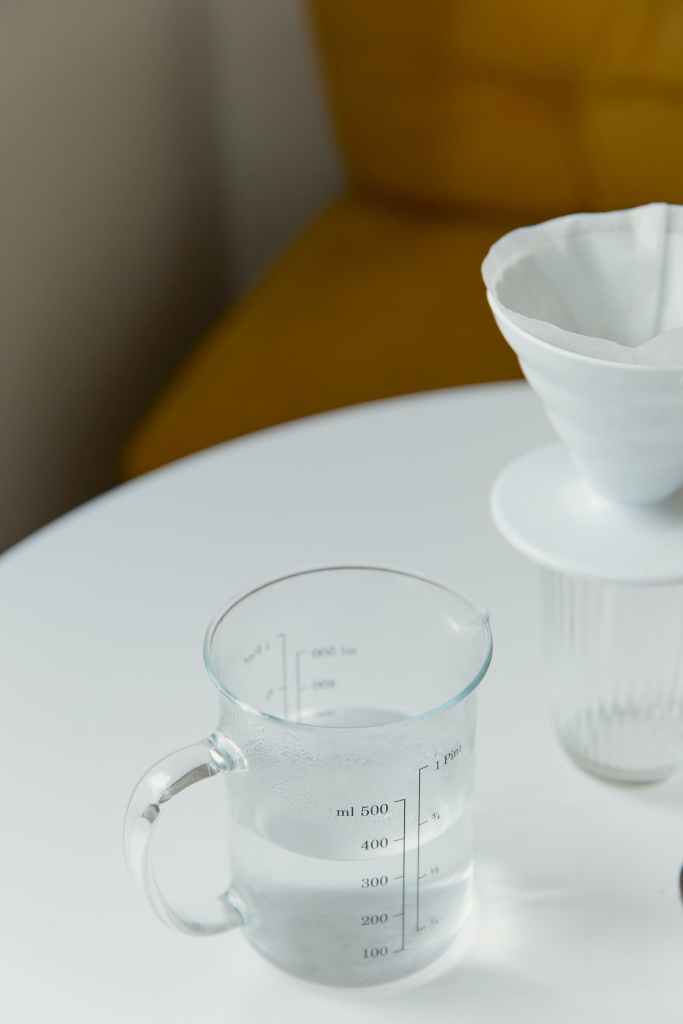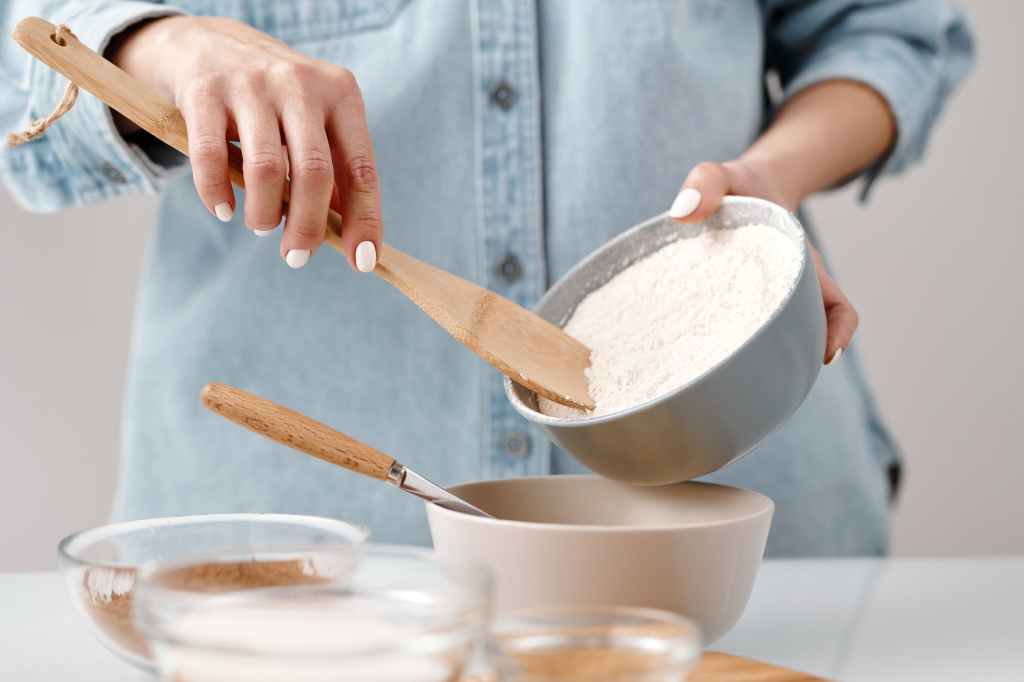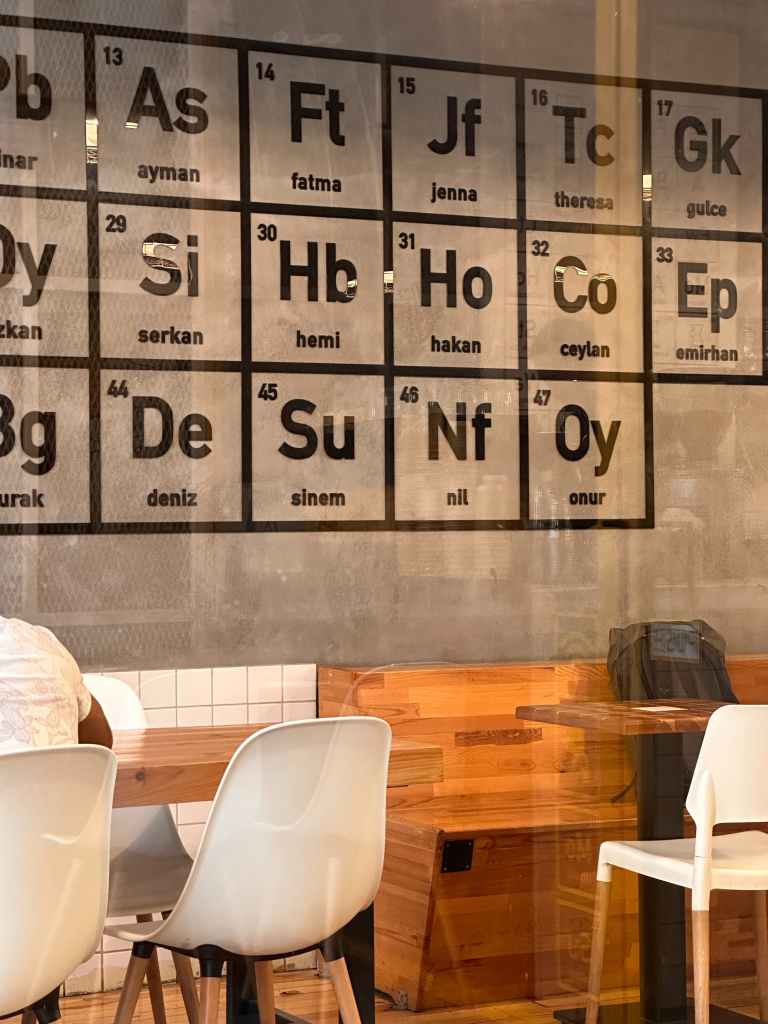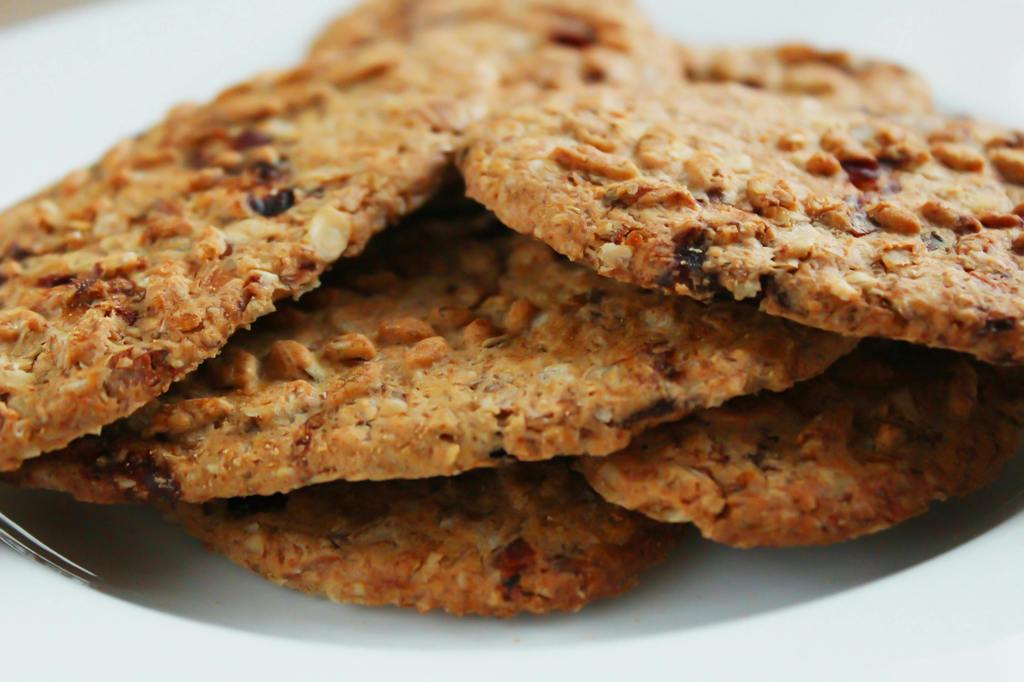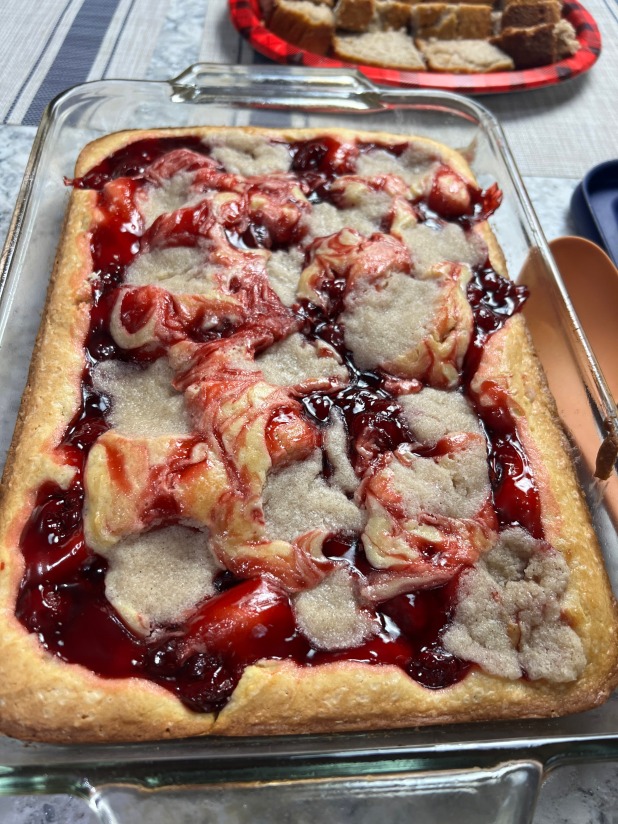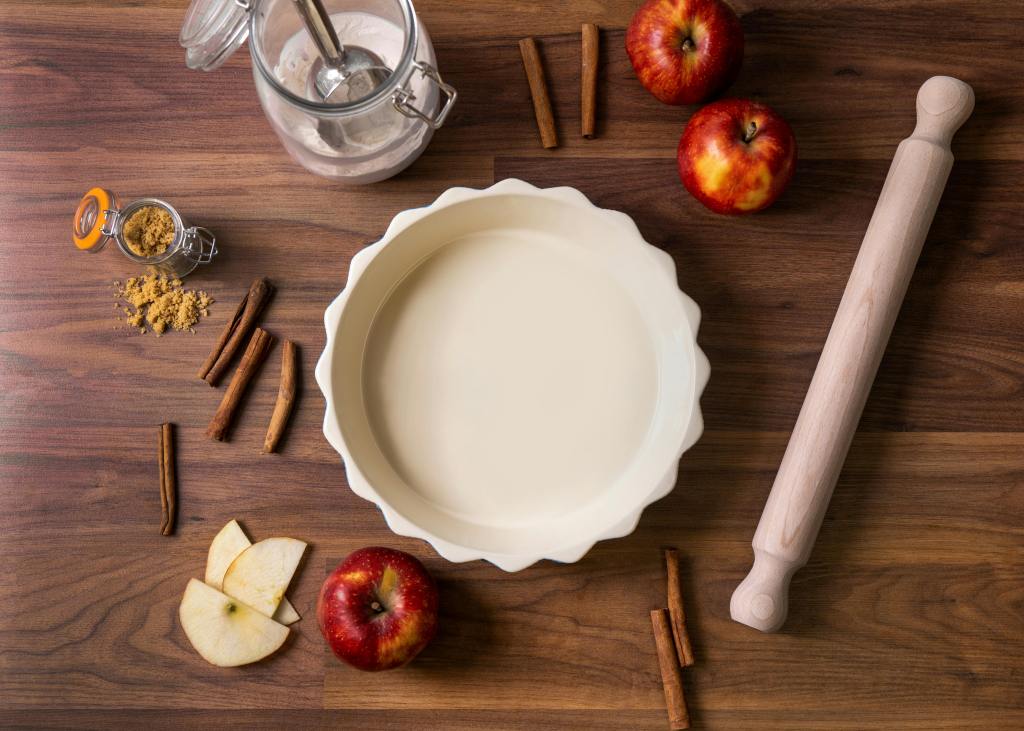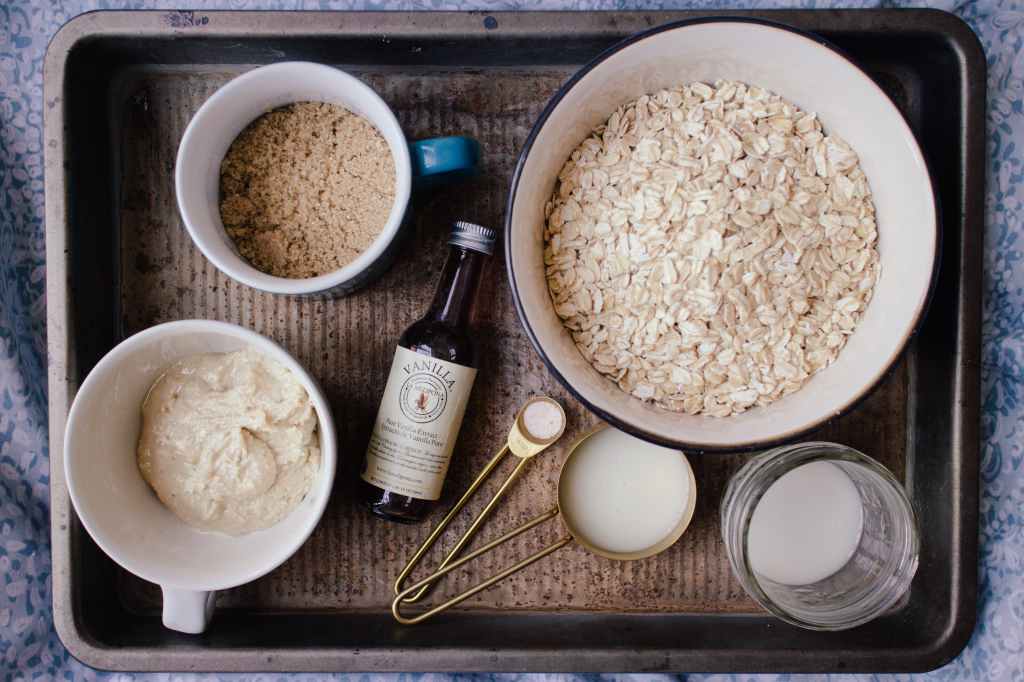
I have often been surprised when I mention you can substitute mayonnaise for an egg when baking and I receive a shocked look. There are many things you can substitute when baking and cooking, so I thought it would be helpful to share some of these tried & true baking and cooking tips!
Are you tired of discovering mid-recipe that you’re missing a key ingredient? Or perhaps you’re looking to make a dish healthier by substituting certain ingredients? Whether you’re a seasoned chef or a beginner in the kitchen, ingredient substitutions can be a lifesaver. In this beginner’s guide, I’ll teach you the art of ingredient substitutions, empowering you to create delicious dishes even when faced with limited pantry supplies. From swapping out butter for healthier alternatives to finding alternatives for baking powder, this blog post has got you covered. You’ll learn the tricks of the trade and discover that a well-executed substitution can actually enhance the flavor and texture of your dish. Gain the confidence to experiment with different ingredients and take your cooking and baking skills to the next level. Don’t let a missing ingredient or dietary restriction hold you back – master the art of ingredient substitutions today.
Why ingredient substitutions are important in cooking and baking

Ingredient substitutions are an essential skill for every cook and baker to have in their culinary arsenal. There are several reasons why ingredient substitutions are important:
- Emergency situations: Have you ever started a recipe only to realize that you’re missing a crucial ingredient? Instead of abandoning the recipe or making a trip to the grocery store, knowing how to substitute ingredients can save the day. With the right knowledge, you can find suitable replacements that will still yield a delicious dish.
- Dietary restrictions: Many people have dietary restrictions or allergies that require them to avoid certain ingredients. By understanding ingredient substitutions, you can adapt recipes to meet your dietary needs or those of your family and friends. This allows you to enjoy your favorite dishes without compromising your health or taste preferences.
- Health considerations: Substituting ingredients can also be a way to make your dishes healthier. For example, if a recipe calls for a high amount of saturated fat, you can swap it out for a healthier alternative without sacrificing flavor. Ingredient substitutions allow you to take control of your diet and make choices that align with your health goals.
Now that we understand the importance of ingredient substitutions, let’s dive into some common substitutions for baking.
Common ingredient substitutions for baking
Baking requires precision and accuracy, but that doesn’t mean you can’t make substitutions. Here are some common ingredient substitutions for baking:
- Butter: Butter adds richness and flavor to baked goods, but it can also be high in saturated fat. If you’re looking for a healthier alternative, try substituting butter with mashed avocado, Greek yogurt, or applesauce. These alternatives can add moisture and richness to your baked goods while reducing the saturated fat content.
- Eggs: Eggs are a binding agent in baking, but they can be substituted for various reasons such as dietary restrictions or allergies. For each egg, you can use ¼ cup of applesauce, mashed bananas, or silken tofu. These alternatives will help bind the ingredients together and add moisture to your baked goods.
- Sugar: If you’re looking to reduce the amount of sugar in your baked goods, you can try substituting it with natural sweeteners like honey, maple syrup, or stevia. Keep in mind that these substitutes may alter the texture and flavor of your baked goods, so experimentation may be required to achieve the desired results.
These are just a few examples of ingredient substitutions for baking. The key is to understand the role of each ingredient in the recipe and find a suitable alternative that will yield similar results. Remember to keep an open mind and be willing to experiment to find the perfect substitution for your needs.
Substituting dairy products in recipes
Dairy products like milk, butter, and cheese are commonly used in recipes, but they may not be suitable for everyone. Whether you’re lactose intolerant, following a vegan diet, or simply out of dairy products, here are some dairy substitutions you can try:
- Milk: If a recipe calls for milk, you can easily substitute it with non-dairy alternatives like almond milk, soy milk, or coconut milk. These alternatives will provide similar moisture and creaminess to your dishes, allowing you to achieve the desired results.
- Butter: As mentioned earlier, butter can be substituted with mashed avocado, Greek yogurt, or applesauce for baking purposes. However, if you need a substitute for spreading or cooking, you can use coconut oil, olive oil, or vegan margarine. These alternatives will provide the necessary fat and flavor in your dish.
- Cheese: Cheese is a beloved ingredient in many dishes, but it can be easily substituted with dairy-free alternatives. There are various vegan cheeses available in stores, made from ingredients like nuts, soy, or tapioca starch. These alternatives can be used in recipes that call for cheese, providing a similar taste and texture.
Remember to read ingredient labels carefully and choose products that align with your dietary needs and preferences. Dairy substitutions can open up a world of possibilities for those who are lactose intolerant or following a vegan lifestyle.
Gluten-free ingredient substitutions
Gluten is a protein found in wheat, barley, and rye, making it a common ingredient in many baked goods. However, for those with gluten intolerance or celiac disease, finding suitable gluten-free alternatives is essential. Here are some gluten-free ingredient substitutions you can try:
- Flour: Traditional wheat flour can be replaced with gluten-free flour blends, such as those made from rice, almond, or coconut flour. These alternatives can be used in a 1:1 ratio, but keep in mind that the texture and taste of your baked goods may be slightly different.
- Baking powder: Baking powder often contains cornstarch, which can be a problem for those with gluten intolerance. To make gluten-free baking powder, simply combine 1 part baking soda, 2 parts cream of tartar, and 1 part arrowroot powder or potato starch. This homemade gluten-free baking powder can be used as a substitute in your recipes.
- Pasta: If you’re craving pasta but need a gluten-free option, there are many alternatives available. You can try gluten-free pasta made from rice, corn, quinoa, or chickpeas. These alternatives can be cooked and used in your favorite pasta recipes, allowing you to enjoy a delicious gluten-free meal.
It’s important to note that when baking gluten-free, the texture and taste of your baked goods may differ from traditional recipes. However, with practice and experimentation, you can achieve gluten-free versions of your favorite treats that are just as delicious.
Vegan ingredient substitutions
Whether you’re following a vegan lifestyle or simply want to reduce your consumption of animal products, there are plenty of vegan ingredient substitutions available. Here are some common vegan substitutions you can try:
- Eggs: As mentioned earlier, eggs can be replaced with ingredients like applesauce, mashed bananas, or silken tofu. These alternatives will help bind the ingredients together and add moisture to your dishes.
- Milk: Non-dairy milk alternatives like almond milk, soy milk, or coconut milk can be used as a substitute for cow’s milk in both cooking and baking. These alternatives will provide similar moisture and creaminess to your dishes.
- Cheese: Vegan cheese alternatives made from nuts, soy, or tapioca starch can be used as a substitute for traditional cheese. These alternatives can be used in recipes that call for cheese, providing a similar taste and texture.
- Honey: Honey is often used as a sweetener, but it is not considered vegan due to its origin from bees. Instead, you can use natural sweeteners like maple syrup, agave nectar, or coconut sugar as vegan alternatives.
By incorporating these vegan ingredient substitutions into your cooking and baking, you can create delicious vegan dishes without compromising on taste or texture.
Ingredient substitutions for common allergies
Food allergies can present challenges in the kitchen, but with the right ingredient substitutions, you can still enjoy a wide variety of dishes. Here are some common ingredient substitutions for common allergies:
- Nuts: Nut allergies can be serious, but fortunately, there are several nut-free alternatives available. Sunflower seed butter or soy nut butter can be used as substitutes for peanut butter or other nut butters. Additionally, seeds like pumpkin seeds or sunflower seeds can be used as a replacement for chopped nuts in recipes.
- Wheat: Wheat allergies or gluten intolerance can be accommodated by using gluten-free flour blends, as mentioned earlier. These blends can be used as a one-to-one replacement for wheat flour in most recipes.
- Soy: Soy allergies can be challenging as soy is a common ingredient in many packaged foods. However, there are alternatives available. For example, you can replace soy sauce with tamari or coconut aminos, which are soy-free options that still provide a similar flavor.
- Shellfish: Shellfish allergies can be severe, but you can still enjoy seafood flavors with alternative ingredients. For example, you can substitute shrimp with diced chicken or tofu in recipes that call for stir-fried or sautéed shellfish.
When dealing with food allergies, it’s important to read ingredient labels carefully and be aware of cross-contamination risks. By being proactive and knowledgeable about ingredients, you can create allergen-free dishes that are safe and delicious for everyone.
Tips for successful ingredient substitutions
While ingredient substitutions can open up a world of possibilities in the kitchen, it’s important to approach them with care. Here are some tips to ensure successful ingredient substitutions:
- Understand the role of each ingredient: Before making a substitution, it’s important to understand the role that the ingredient plays in the recipe. For example, butter adds richness and flavor, while eggs act as a binding agent. By understanding the purpose of each ingredient, you can choose suitable alternatives that will yield similar results.
- Experiment in small batches: When trying out a new substitution, it’s a good idea to start with a small batch. This allows you to test the results without wasting a large quantity of ingredients. If the substitution works well, you can then scale it up for future use.
- Keep flavor profiles in mind: When substituting ingredients, consider the flavor profiles of the original and substitute ingredients. For example, if a recipe calls for a specific herb or spice, you may want to choose a substitute that complements the overall flavor of the dish.
- Adjust cooking times and temperatures: Some ingredient substitutions may require adjustments to cooking times and temperatures. For example, if you’re substituting a liquid sweetener for granulated sugar, you may need to reduce the amount of liquid in the recipe to compensate for the added moisture.
- Don’t be afraid to ask for help: If you’re unsure about a substitution or need guidance, don’t hesitate to ask for help. Reach out to experienced cooks, bakers, or online communities for advice and support. They can provide valuable insights and tips based on their own experiences.
Remember, ingredient substitutions are a way to enhance your culinary skills and creativity. With practice and experimentation, you’ll gain confidence in making substitutions that suit your taste preferences and dietary needs.

Recipe conversion: How to adapt recipes for ingredient substitutions
Converting recipes to accommodate ingredient substitutions may seem daunting, but with a few simple steps, you can adapt your favorite recipes to suit your needs. Here’s how to convert recipes for ingredient substitutions:
- Identify the key ingredients: Start by identifying the key ingredients in the recipe that you want to substitute. For example, if the recipe calls for butter, eggs, or milk, you’ll need to find suitable alternatives.
- Research substitution ratios: Look for substitution ratios and guidelines for the ingredients you want to replace. Many online resources and cookbooks provide substitution charts that can help you determine the appropriate amounts to use. Keep in mind that ratios may vary depending on the specific recipe and ingredient.
- Consider the role of each ingredient: As mentioned earlier, understanding the role of each ingredient in the recipe is crucial. Consider how the substitution may affect the texture, flavor, and overall outcome of the dish. Adjustments may be necessary to achieve the desired results.
- Make small adjustments: When making substitutions, it’s best to start with small adjustments and gradually increase or decrease the amounts as needed. This allows you to taste and assess the results before committing to larger quantities.
- Take notes: Keep track of the substitutions you make and the results you achieve. This will serve as a reference for future cooking and baking adventures. Over time, you’ll develop a personal collection of successful ingredient substitutions that work for you.
By following these steps and staying open to experimentation, you can adapt your favorite recipes to accommodate ingredient substitutions and create dishes that suit your tastes and dietary needs.
Tools and resources for ingredient substitution
Finding the right ingredient substitutions can be made easier with the help of various tools and resources. Here are a few that you can rely on:
- Cookbooks: Many cookbooks provide substitution charts and guidelines for common ingredient substitutions. Look for cookbooks that focus on specific dietary needs or allergies, as they often include comprehensive substitution information.
- Online resources: The internet is a treasure trove of information when it comes to ingredient substitutions. Websites, blogs, and cooking forums often have substitution charts, tips, and recipes that can guide you in finding suitable alternatives.
- Mobile apps: There are several mobile apps available that provide ingredient substitution information on the go. These apps can be handy when you’re at the grocery store or in the kitchen and need quick access to substitution options.
- Community support: Online communities and forums dedicated to cooking and baking can be a valuable resource for finding ingredient substitutions. You can ask questions, share experiences, and learn from others who have successfully navigated ingredient substitutions.
Remember, finding the right tools and resources that work for you can make the process of ingredient substitutions more enjoyable and efficient. Embrace the wealth of knowledge available and use it to enhance your culinary skills.
Embracing creativity in the kitchen with ingredient substitutions
Mastering the art of ingredient substitutions opens up a world of possibilities in the kitchen. Whether you’re faced with limited pantry supplies, dietary restrictions, or simply wanting to explore new flavors, ingredient substitutions empower you to create delicious dishes. From swapping out butter for healthier alternatives to finding gluten-free or vegan substitutions, there are solutions for every need.
By understanding the role of each ingredient, experimenting with different substitutions, and using the right tools and resources, you can confidently navigate ingredient substitutions. Embrace the creativity that comes with finding alternatives,
If you enjoyed this blog , please LIKE, Follow, Share & leave me a comment! I love your feedback!
If you aren’t following me on Facebook & Instagram, go on over & give a LIKE & Follow me for daily tips & tricks for your home & garden!
Remember to eat fresh, shop local, & have a happy day,
Jean
Copyright Policy
All text and images on this site are copyright of For Dragonflies And Me. Unless otherwise noted, you may not use this content
This post may contain affiliate links. If you choose to purchase through an affiliate link, I may receive a small commission at no additional cost to you. You can see my full disclaimer here.


